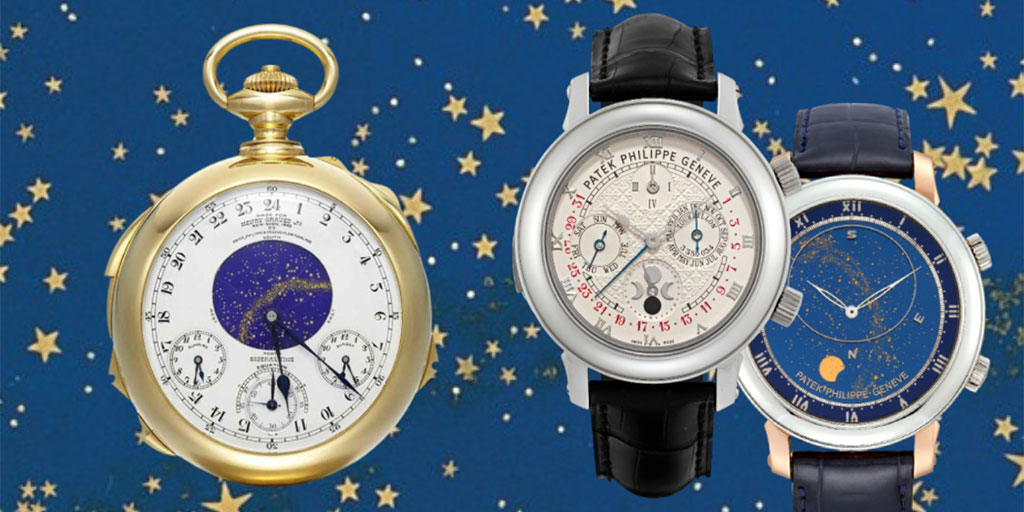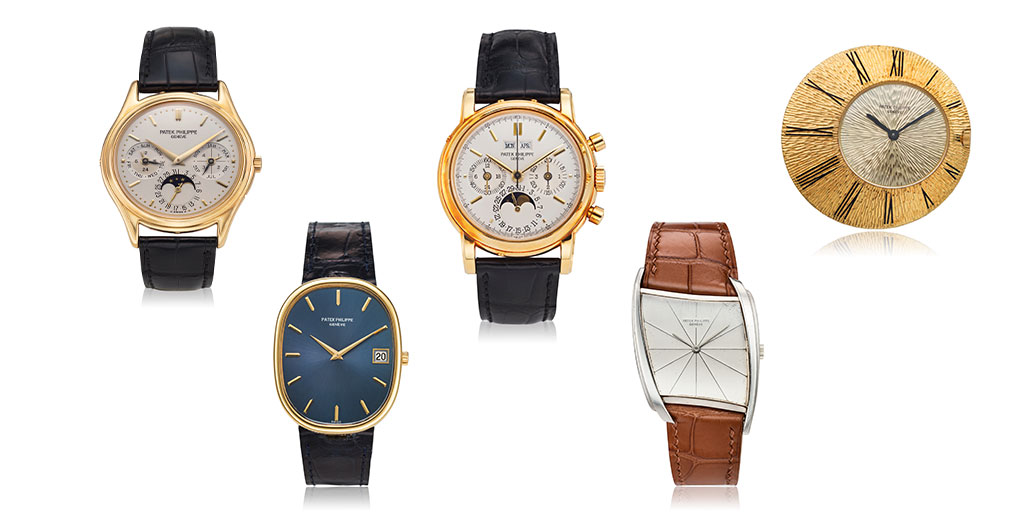In our new series ‘Collectability Mailroom’, we will answer some of the questions that we get asked most often from around the world. We receive questions on many Patek Philippe topics ranging from the best watches to gift, to wear, to invest in, to sell, to buy. Then there are the obscure questions that only dedicated Patek Philippe collectors would consider such the type of alloy of their hairspring, or the missing accent on GENEVE – issues that literally keep them awake at night.
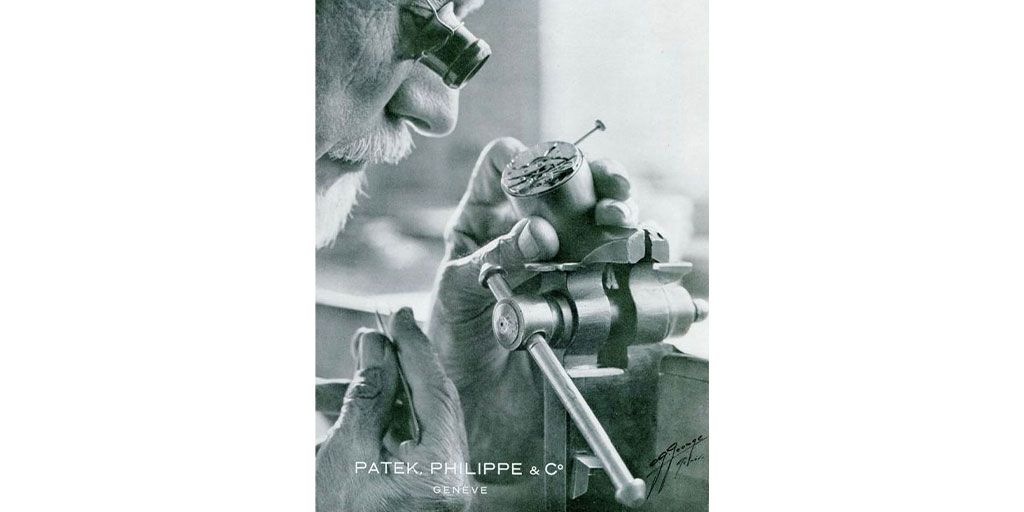
The most common questions we receive are around service-related issues. In the following Q&A, I will answer questions from David Z. in the Czech Republic which best summarize the issues and concerns we receive most often. The answers are my opinion and I hope they help you and others in the Collectability universe in weighing the pros and cons of servicing and restoration.
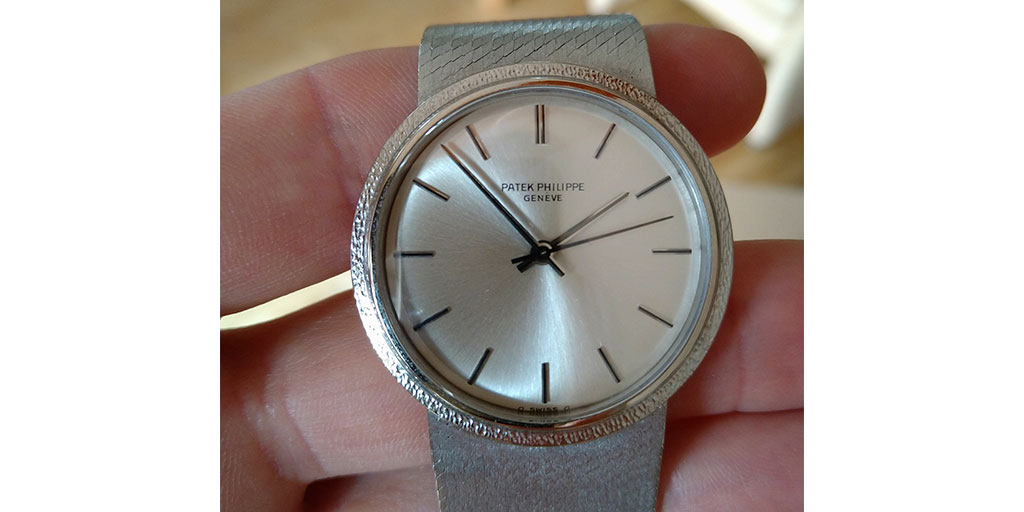
Q. What should or shouldn’t a beginner collector do to see if a watch is really mint? I’m scared to give the watch to some local watchmaker even to open the watch to see the movement.
A. For starters, I recommend an objective inspection of the watch before purchasing. (Please see this link to a YouTube video of my methodology of inspecting a vintage watch). If you have the luxury of bringing a trusted watchmaker along for the initial inspection of the watch, this is of great value, but not normally practical or possible. However, you can learn a lot about a prospective watch just from photos, and asking the seller or auction house for detailed, high-res images can be very helpful in making your buying decisions. Almost all sellers will provide you with high-res images of a watch for sale including images of the inside case back and movement. If a seller will not provide this, I would frankly be nervous about moving forward. Also, a big pet peeve of mine is when sellers go to great lengths to hide movement and case numbers to prospective buyers. This is particularly annoying when the watch is vintage, and it often sets off alarms for me that the seller is hiding something. One major auction house that shall remain nameless has recently started hiding all movement and case numbers. This is an absurd departure from the industry norm, and I frankly won’t bid on or buy any watch if the numbers are not shared with me first. Having the numbers is ground zero in your research and you can search the history of many watches online as a starting point. Regarding the point of a watch being mint or not, this is an ideal that is not normally met. I have seen thousands of vintage Pateks and can only call a handful truly mint. With modern Pateks, I am more comfortable with that terminology when a watch has literally been unworn, or still sealed in factory plastic. Almost all vintage watches have had a life before we see them today and mint is a relative term. The question I like to explore is what has been done to make the watch look mint today?
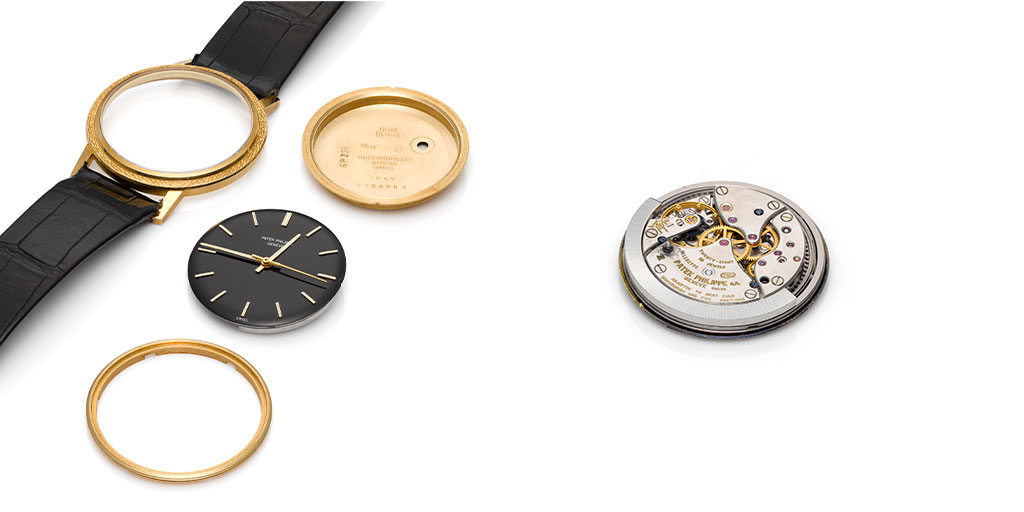
Q. Where does one go to service a watch and be sure not to do anything to make it lose its value? I know that polishing, reprinting the dial, using new parts, etc. seriously drops the value and even Patek Philippe service could do these things.
A. Great question and a highly sensitive one too. Philosophically, I believe we should leave watches as close to their original condition as possible. If we are ‘merely taking care of these watches for the next generation’, I don’t think we should over restore pieces, but rather preserve them in the best state possible. With movements, the choice is simple: use as many of the original parts as possible to keep the watch running properly. As mechanical objects, it is expected that parts will need to be replaced to keep a piece functioning. Replaced screws, mainsprings, hairsprings, etc. are part of the reality of owning a watch. With cases, I am not a big fan of polishing to make the watch look like a shiny penny again. My advice is lightly buff as needed, but only once every five plus years. Any polishing changes the original, intended shape of the watch, so best to polish only sparingly or never at all. With dials, this is where mistakes are most often made. Original dials generally should not be refinished in my opinion. However, if the dial has already been refinished, then it is acceptable to refinish it again if it improves the aesthetic of the watch and it is done professionally. With dials that have never been cleaned or refinished, best to leave them as-is with spots and blemishes in all their glory. It is better to have some imperfections and originality, than a dial that has been power scrubbed two weeks ago. Things get do get a little tricky when sending a vintage watch to Patek for a service or restoration. Patek Philippe’s After Sales Service in Geneva offers a full mechanical service that they describe as “mandatory”, and a dial refinishing and case polishing that are “optional”. Mechanically, it’s very rare that I have seen work that Patek has done that has hurt the value of a watch. However, it gets sticky with the optional service, and I have seen the market value of more than a few watches drop considerably after a Patek Philippe polishing and dial refinishing. It’s often heartbreaking, particularly when the original owner or their family are trying to do the right thing, but destroy the value of their priceless family heirloom with their good intentions. In short, restore the movement mechanically and try to leave everything else alone. A new strap could do wonders to the overall aesthetic and wearability of a vintage watch, and this does not hurt the watch in any way.
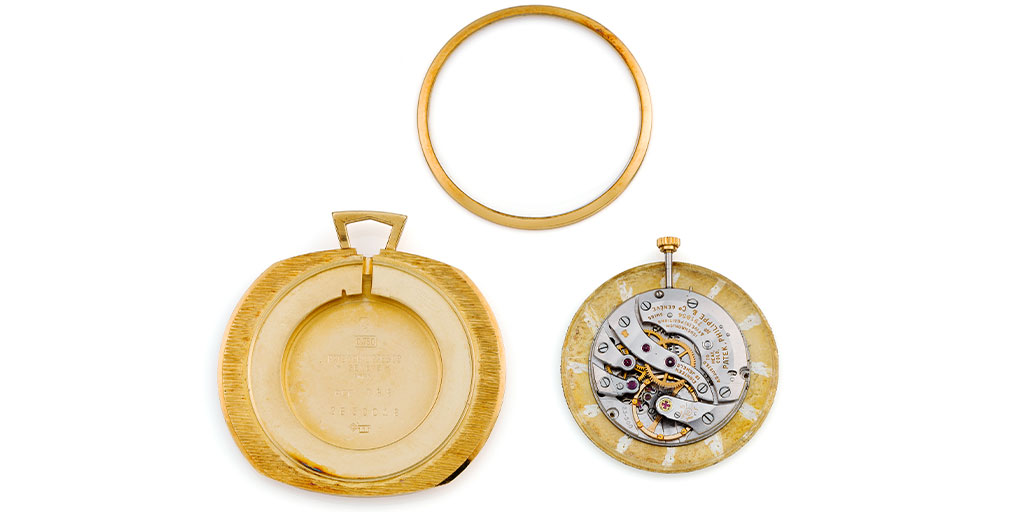
Q. I do not know for sure, but it is possible the bracelet will be too long for my tiny wrist? Should I ask to make the original bracelet shorter, or should I try to exchange it for another one with a shorter bracelet?
A. Straps are easy, but bracelets are not. Generally, depending on the reference, exchanging a bracelet is not an option since replacements simply do not exist. A good jeweler (or Patek Philippe) can often shorten or lengthen a bracelet, but it can be costly. My recommendation is to assess this question before buying a watch and know in advance how much a bracelet might need to be shortened for you to wear it. A common mistake I see with Patek Philippe watches from 1950s -1980s is a buyer not assessing the taper of a mesh bracelet and discussing the realities of cutting down a bracelet with a jeweler to make it fit. Sometimes it is simply not an option.
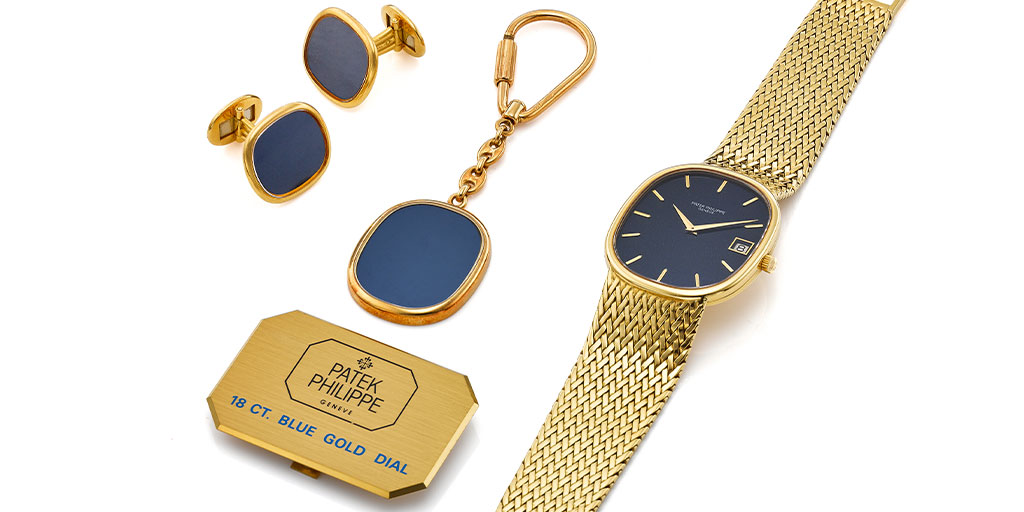
Q. Is there a reliable source of information for vintage Patek Philippe watches where you can learn this type of information from an expert?
a. You’ve come to the right place, Collectability is here for you for this kind of information. Our library of articles, videos, podcasts on all things Patek Philippe continues to grow and we welcome everyone to use Collectability as a resource. Other options include contacting Patek Philippe directly for advice, Pateks authorized retailers, and of course the auction houses. You are certainly going to get conflicting advice, but best to build a network of advisors so you can make the most informed decision yourself. In conclusion, I personally think you cannot lose with a game plan of under-restoration. You can always do a bit more in the future, but it is impossible to undo service work that has gone too far.
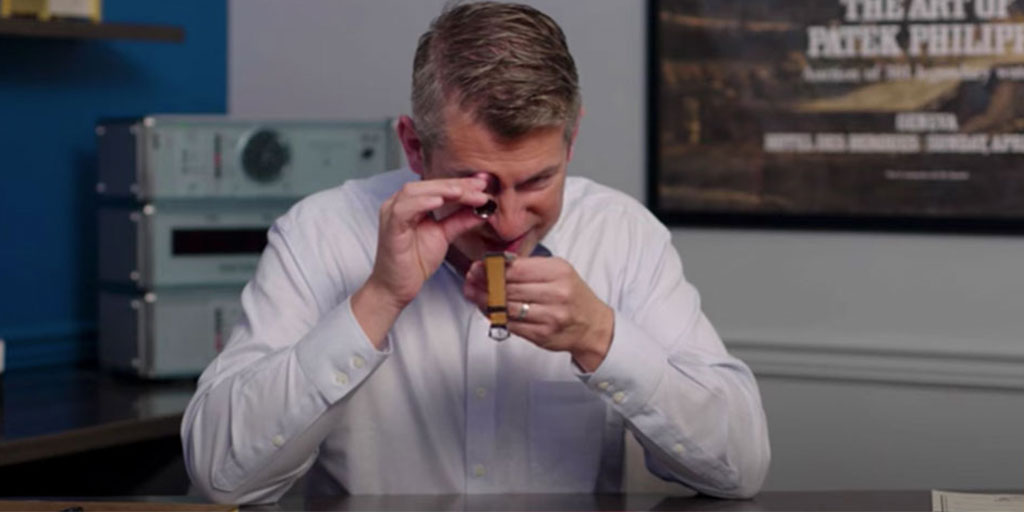
I’m happy to report that David did purchase the ref. 3563 and was happy with the piece, even if the bracelet was a little long, he knows to keep it as is and enjoy the beautiful piece he was fortunate to find in great condition and running well.
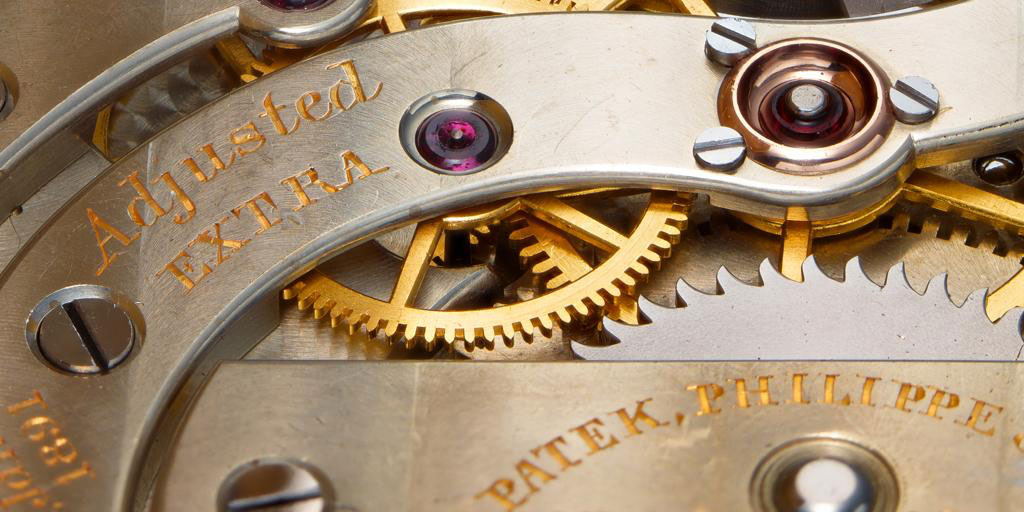
If you have any questions you’d like to see answered in the Collectability Mailroom, please write to Tania Edwards at [email protected]



